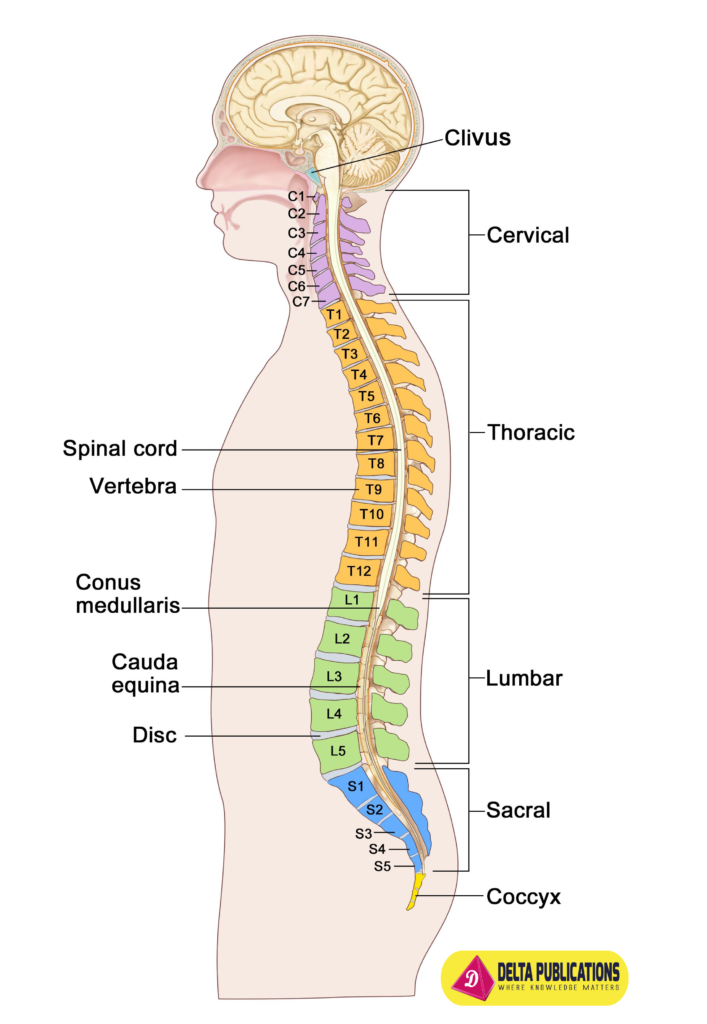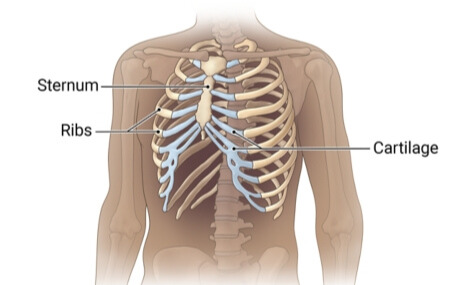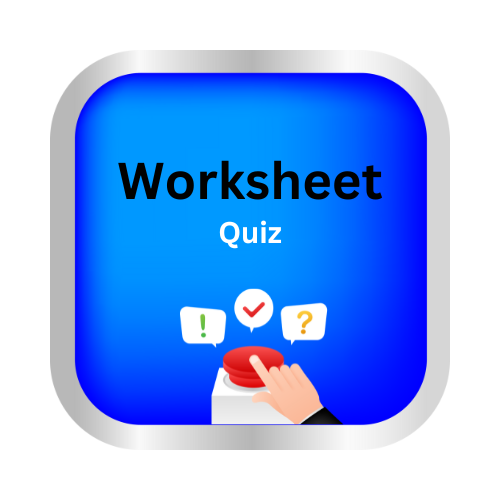Parts Of The Skeleton
parts of skeleton by Delta publications
Key notes :
Introduction to the Skeleton

- The skeleton is the framework of bones that supports and protects the body.
- It gives shape to the body and allows movement.
Main Functions of the Skeleton
- Support: Provides structure and shape to the body.
- Protection: Protects vital organs (e.g., skull protects the brain, ribcage protects the heart and lungs).
- Movement: Bones work with muscles to move the body.
- Production of Blood Cells: Bone marrow inside bones produces red and white blood cells.
- Storage of Minerals: Bones store important minerals like calcium and phosphorus.
Major Parts of the Skeleton
Skull: Protects the brain and forms the structure of the face.

Spine (Vertebral Column): A long column of bones (vertebrae) that protects the spinal cord and supports the upper body.

Rib Cage: Curved bones that protect the heart and lungs.

Pelvis: The hip bones that support the weight of the upper body and protect internal organs.

Limbs:
- Arms: Humerus (upper arm), radius and ulna (forearm), and bones of the hand (carpals, metacarpals, and phalanges).
- Legs: Femur (thigh), tibia and fibula (lower leg), and bones of the foot (tarsals, metatarsals, and phalanges).
Joints and Movement
Joints are where two bones meet and allow movement.
Types of joints include:
- Hinge joints (e.g., elbow and knee) that allow bending and straightening.

- Ball-and-socket joints (e.g., shoulder and hip) that allow movement in all directions.

Cartilage
- A flexible tissue found at joints, reducing friction and absorbing shock.
Bone Care
- A healthy diet rich in calcium and exercise help keep bones strong.
- Wearing protective gear (like helmets) can prevent injuries to the skeleton.
Let’s practice!

